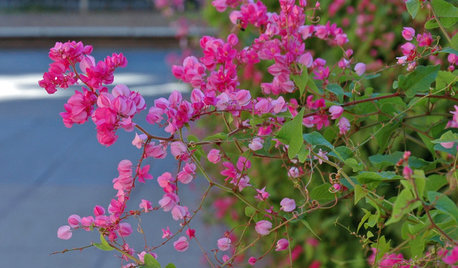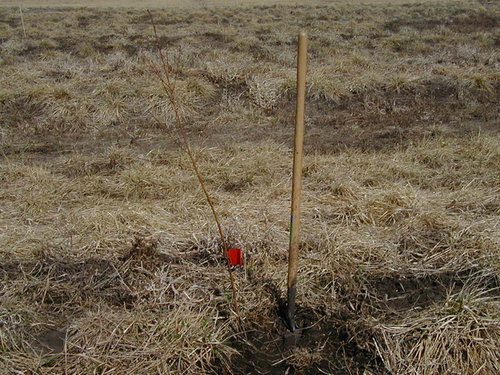peach tree pruning
olpea
10 years ago
Related Stories

EDIBLE GARDENSHow to Grow Your Own Peaches and Nectarines
Make gardening a little sweeter with these juicy fruits, which you can eat after plucking or preserve for later
Full Story
WINTER GARDENINGPruning Secrets for Exquisite Roses
Encourage gorgeous blooms year after year with this time-tested advice on how to prune your rosebush in winter for health and shape
Full Story
GARDENING GUIDESHow to Prune Your Flowering Shrubs for the Best Blooms
Less is often more when it comes to properly pruning flowering shrubs. Here’s what to do and why
Full Story
GARDENING GUIDESGot Frost-Damaged Plants? How It Happens, and When and How to Prune
Crispy brown leaves are a sure sign that Jack Frost has been to your neighborhood
Full Story
EDIBLE GARDENSGrow Plum Hybrids for Your Favorite Fruit Flavors
Plums are cozying up with apricots, peaches and even cherries — here’s how to grow these hybrids for the best aspects of each
Full Story
GARDENING AND LANDSCAPINGCrazy for Fruit Trees
Whether a single citrus or a mini apple orchard, even the smallest landscape space can bear deliriously delicious fruit
Full Story
EDIBLE GARDENSHow to Grow 10 Favorite Fruit Trees at Home
Plant a mini orchard in fall, winter or early spring to enjoy fresh-off-the-tree fruit the following year
Full Story
FARM YOUR YARDIf You Have Room for Only One Fruit Tree ...
Juice up a small garden with one of these easier-care or worth-the-effort fruit trees for a mild climate
Full Story
GARDENING GUIDESSouthwest Gardener's March Checklist
Dust off your gardening tools and get busy pruning to help your trees and plants reach their full potential
Full Story
GARDENING GUIDESPlant Black Cherry Trees for the Birds and Bees
Plant Prunus serotina in the Central and Eastern U.S. for spring flowers, interesting bark and beautiful fall color
Full StoryMore Discussions









olpeaOriginal Author
olpeaOriginal Author
olpeaOriginal Author
olpeaOriginal Author
olpeaOriginal Author
olpeaOriginal Author
alan haigh
olpeaOriginal Author
hoseman
rayrose
alan haigh
KarenPA_6b
rina_Ontario,Canada 5a
mrsg47
franktank232
thecityman, Zone 7a/6b near Nashville
olpeaOriginal Author
alan haigh
marknmt
rina_Ontario,Canada 5a
olpeaOriginal Author
olpeaOriginal Author
Natures_Nature
olpeaOriginal Author
Natures_Nature
rayrose
rina_Ontario,Canada 5a
olreader
olpeaOriginal Author
carla_12
olpeaOriginal Author
carla_12
olpeaOriginal Author
JennLeeRidd
appleseed70
olpeaOriginal Author
olpeaOriginal Author
appleseed70
olpeaOriginal Author